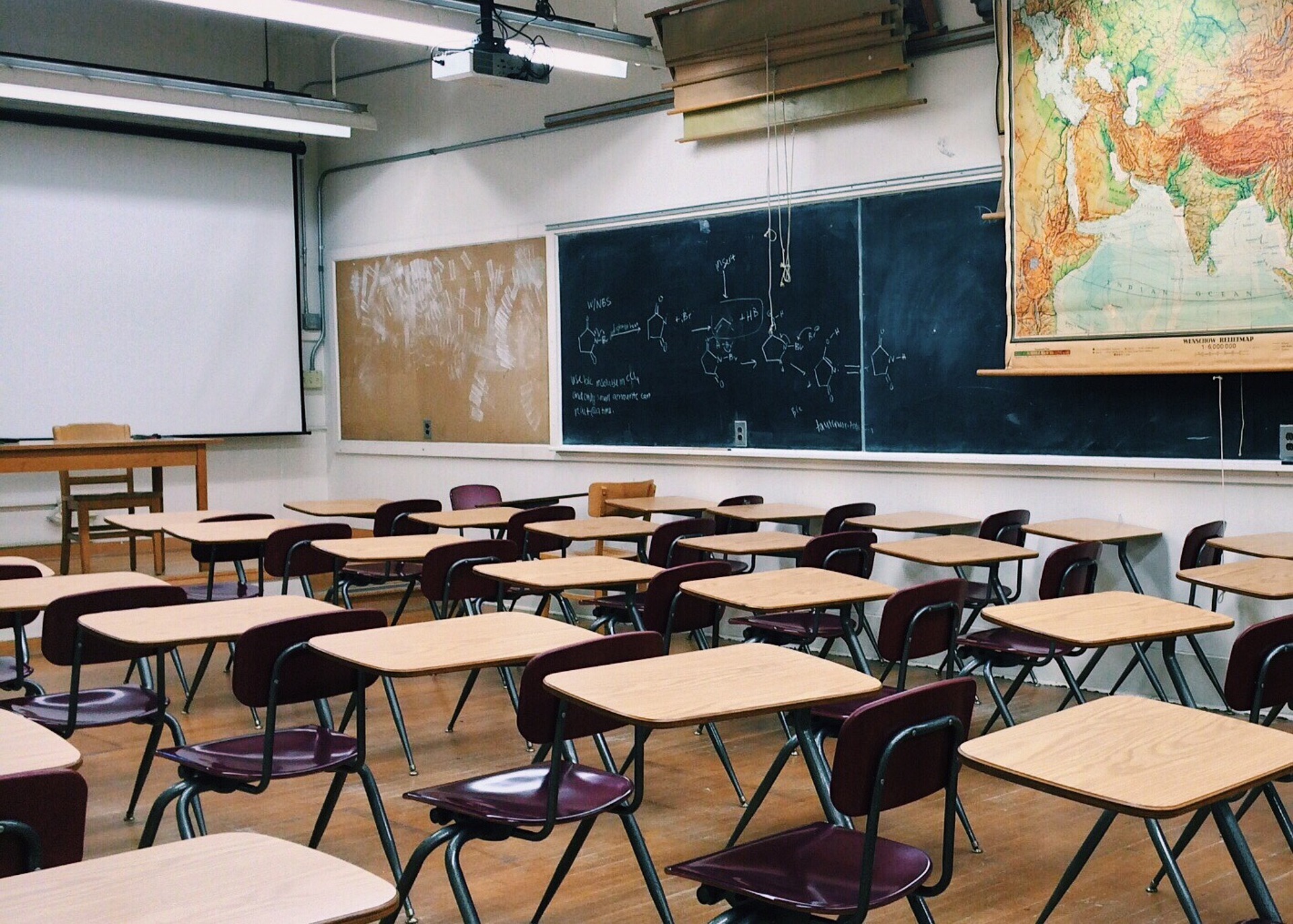U.S. school districts are widely planning to use funds from last year’s American Rescue Plan (ARP) to upgrade or improve air filtration and heating/cooling systems, according to a report from the Center for Green Schools at the U.S. Green Building Council (USGBC).
The report, School Facilities Funding in the Pandemic, says air filtration and HVAC upgrades are the top facility improvement choice for the 5,004 school districts included in the analysis. The top choice for spending federal funds was for staffing, followed by air filtration/HVAC at $5.5 billion.
Other categories of planned spending include $2.6 billion for repairing/improving school facilities; $271 million for upgrading windows, roofs, and doors; and nearly $11 million for UV lighting for disease mitigation. The average planned spending for air filtration and HVAC is about $260,000 per school. Around 500 school districts plan to spend over $1 million per school on one or more of these categories.
District interviewees said having substantial federal dollars was important to be able to invest in costly HVAC infrastructure projects, which would otherwise be delayed or addressed in phases. They also noted that they face constraints on their projects caused by the pandemic, associated supply chain issues, and the rising rate of inflation.

District interviewees noted that where HVAC upgrades were made in their schools, they were able to keep energy usage and costs to a minimum compared to schools with outdated systems.
More findings from the School Facilities Funding in the Pandemic study
- Although staff capacity, inflation and supply chain shortages are affecting infrastructure projects, school districts have prioritized significant ESSER III funding to support indoor air quality for their students and staff. Of all the funding categories tracked by Burbio, air filtration/HVAC was the second-highest category for district planned spending at $5.5 billion, just behind staffing/teachers/academic interventionists/guidance counselors.
- Of the 2,379 school districts that planned to spend any ESSER III funding on facilities, large districts planned to spend the lowest percentage (on average 22%) and small districts planned to spend the highest percentage of their total allocation (on average 30%).
- Small and medium-size districts (those with 20 or fewer schools) consistently reported more spending per school on facilities categories than their larger counterparts.
- In addition to filtration and HVAC improvements, in most cases, districts that planned to spend in this category also indicated plans to spend in at least one other facilities category, displaying a layered approach to addressing COVID at the building infrastructure level.
- The district interviewees highlighted the importance of having substantial federal dollars to invest in costly HVAC infrastructure projects, which would otherwise be delayed or addressed in phases.
- District interviewees noted that where HVAC upgrades were made in their schools, they were able to keep energy usage and costs to a minimum compared to schools with outdated systems. Similarly, interviewees reported positive results from spending in other facilities categories to reduce the spread of COVID.
The analysis included qualitative interviews with three school district facilities personnel and a quantitative analysis based on a data set of 5,004 school districts’ ESSER-III spending plans by the Burbio data service. The dataset contained information from school districts from all 50 states and the District of Columbia, representing approximately 74% of public-school students and roughly $83.1 billion in ESSER III funds.
Related Stories
| Aug 11, 2010
New school designs don't go by the book
America needs more schools. Forty-five percent of the nation's elementary, middle, and high schools were built between 1950 and 1969, according market research firm ZweigWhite, Natick, Mass. Yet even as the stock of K-12 schools ages and declines, school enrollments continue to climb. The National Center for Education Statistics predicts that enrollment in public K-12 schools will keep rising...
| Aug 11, 2010
Bronze Award: Lincoln High School Tacoma, Wash.
Lincoln High School in Tacoma, Wash., was built in 1913 and spent nearly a century morphing into a patchwork of outdated and confusing additions. A few years ago, the Tacoma School District picked Lincoln High School, dubbed “Old Main,” to be the first high school in the district to be part of its newly launched Small Learning Communities program.
| Aug 11, 2010
Bronze Award: Hawthorne Elementary School, Elmhurst, Ill.
At 121 years, Hawthorne School is the oldest elementary school building in the Elmhurst, Ill., school district and a source of pride for the community. Unfortunately, decades of modifications and short-sighted planning had rendered it dysfunctional in terms of modern educational delivery. At the same time, increasing enrollment was leading to overcrowding, with the result that the library, for ...







